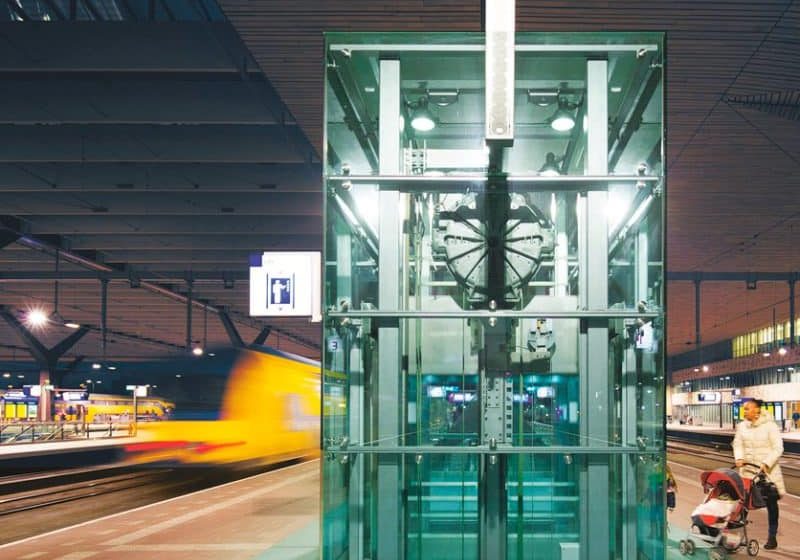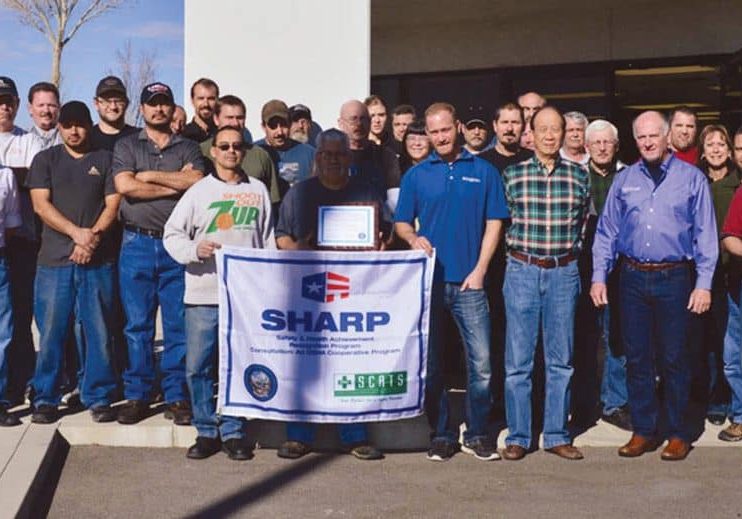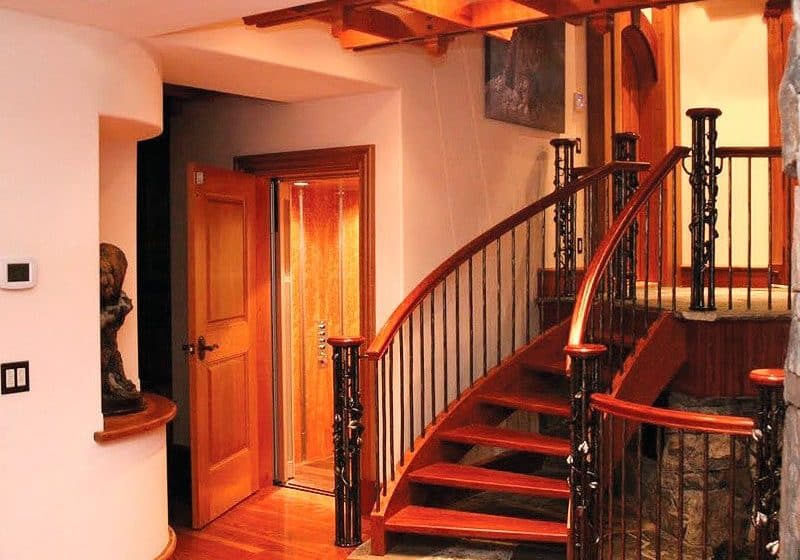Our cover this month allows us to revisit the beautiful Berlin TV Tower in Going to the Next Level at “Alex.” It started operation in 1969, 20 years before the fall of the Berlin Wall, and the elevators have been modernized for the second time now. In addition to more photos from the tower in this month’s Online Extras, we have a short article of a visit my father took to it in 1976 when it was in East Berlin.
Our Continuing Education article this month is Elevator Hoistway Doors from John W. Koshak, head and founder of Elevator Safety Solutions, Inc. One of the primary issues in this article is the need for maintenance specific to doors. Koshak touches on all the code issues, as well as specifics, on door forces and adjustments.
I’m proudest this month of the ELEVATOR WORLD staff writers in this issue. We have often wanted to do in-depth studies but found it difficult, mainly because so few in our industry want to be quoted, and a bunch of anonymous quotes don’t tell a true story. However, that is changing, and I hope you think our writing is getting better each month. We have editors who like to “dig.”
In Skilled Labor Shortage Prompts Educational Expansion, EW’s Lee Freeland interviewed a wide variety of people in our industry, from contractors and suppliers, to association leadership, to those trying to train employees within their companies. He gives an in-depth view of the skilled-labor shortages in our industry and what is being done to counteract them in his article. According to the Associated General Contractors of America, 80% of construction firms plan to expand their payrolls in 2015. This is reflective of the current skilled-labor shortages now expanding from general construction to the elevator industry. Mitch Permuy, CEO of Power Design, Inc., one of the largest electrical contractors in the U.S., explains:
Many construction workers had been out of employment for a long time and found opportunities in other industries. … This resulted in stalled projects across the country.”
In the elevator industry, the recession began in full in 2009, and by 2010, the benches were full all over the country. For us, the spontaneous remission began in late 2013, and, now the skies over Los Angeles, Miami, Boston and Texas are filled with cranes, the benches are empty, and a number of companies find they have to hire workers who are untrained. The National Federation of Independent Business surveyed over 700 small businesses and found 47% reported few or no qualified applicants for the positions they were trying to fill. About 14% cited shortage of skilled labor as their top problem. The burden of training is falling on the companies themselves, along with associations and the union programs. Our Focus Topic this month is Education and Training. Riding on that theme, in addition to Freeland’s article, we have articles from Maxton’s Karl Keller and NAESA International’s Jim Runyan.
The other major in-depth topic addressed this month is the machine-room-less (MRL) elevator. Our historian, Lee Gray, writing about Early Machine-Room-Less Elevators, leads off the subject. He explains that Otis was working on an MRL elevator with a linear motor on the elevator counterweight as early as 1971. That research started in France and eventually moved to Japan, but it was never fully implemented. KONE was working on an MRL, as well, in the 1990s. Finally, in 1995, KONE installed the first MonospaceTM in its headquarters in Brussels. Gray’s article follows related code development from the U.S. to Europe and back as it evolved to cover the elevator with the machine in the hoistway. A forerunner I saw 30 years ago in Germany was the “Rucksack” elevator with the machine slung to the side of the hoistway in a closet (like a backpack).
EW’s Kaija Wilkinson has written a major study on MRL Elevators. She interviewed manufacturers, installers, inspectors and suppliers, asking if these younger siblings have staying power. They have limitations — in range, load and speed, but most of all, in how long they last. In an industry used to installations that typically last 50 years or more, these smaller, lighter units will be completely replaced much sooner. Some also question the safety factor in maintaining the machine without the safe confines of a machine room. Wilkinson did interviews from Europe to India and the Middle East. It seems clear MRL elevators are here to stay. Love them or hate them (and some do), they now make up more than 40% of the installed base and 75% of new installations. Europe loved them first, but it was easier to there with the lack of in-ground hydraulic elevators. In the U.S., MRL elevators are replacing hydros at a steady rate for both environmental and energy-saving reasons. 🌐
Get more of Elevator World. Sign up for our free e-newsletter.









